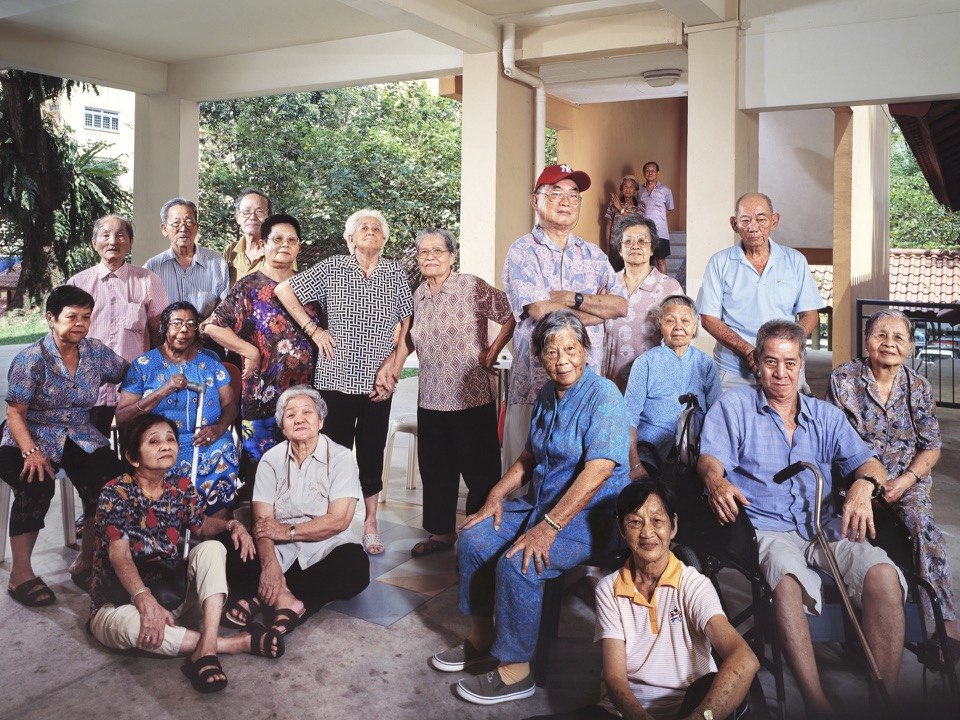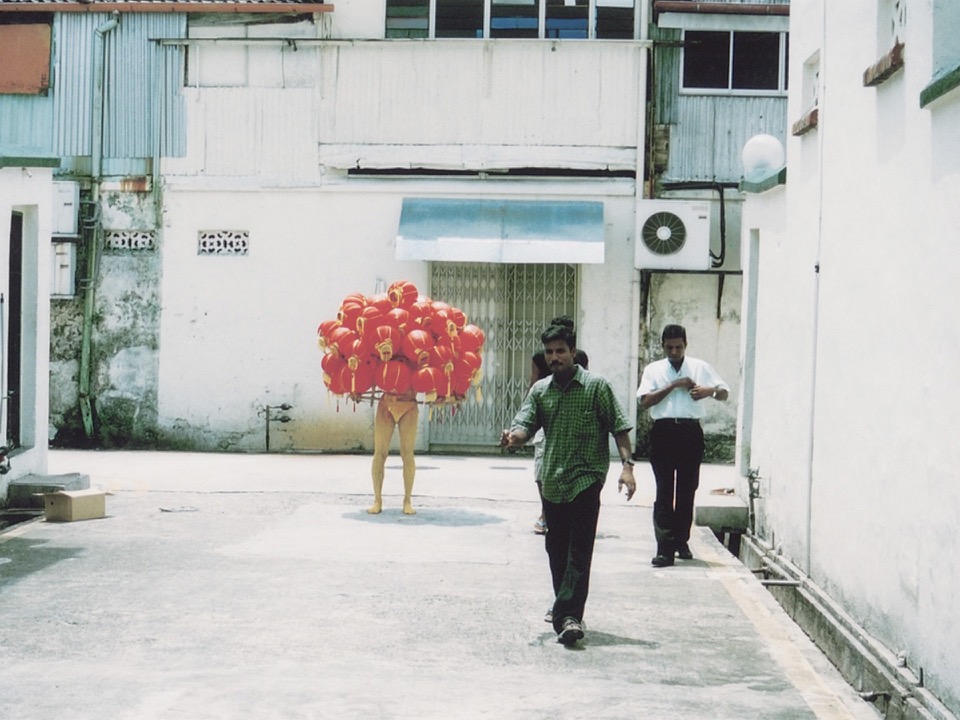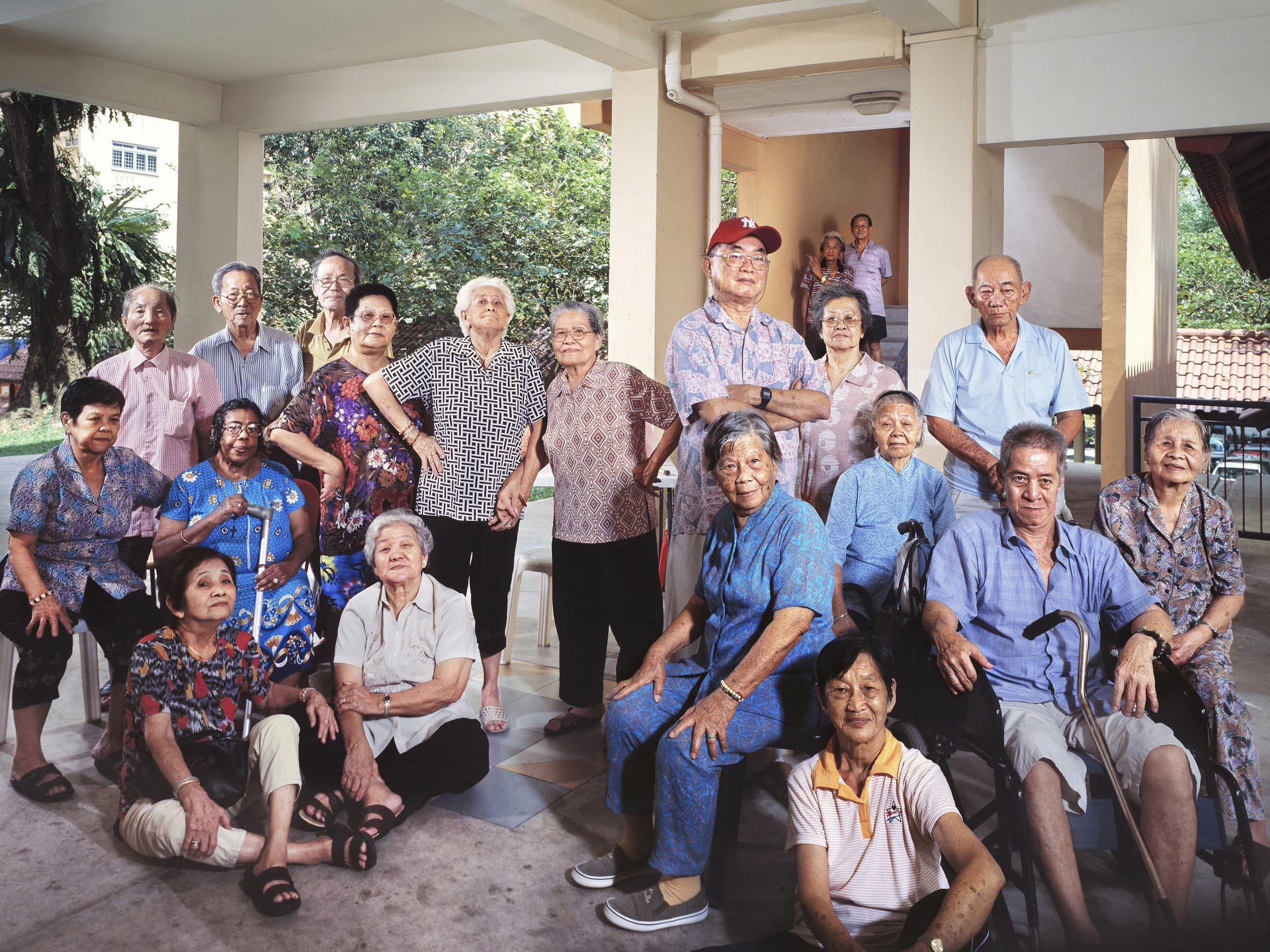Singapore Art Museum
The Learning Gallery presents artworks selected to promote engagement and discussion of broader issues through contemporary art. Once Upon This Island is the latest show exploring the stories and lives that surround us and abound on this island-nation. Featuring selected works from the Singapore Art Museum’s collection as well as new commissions, Once Upon This Island navigates ideas of home, community, identity and memory, and raises pertinent and timely questions on what it means to live in contemporary Singapore – an urbanised, ever-changing city-state and island, set between peninsula and archipelago.
Sarah Choo Jing, Chun Kaifeng, Vicente Delgado, Michael Lee, Lee Wen, Dawn Ng, Nguan, Francis Ng, Jing Quek, Shih Lin, Jason Wee, Green Zeng
highlights
2013
multimedia installation, edition 3/5
The Hidden Dimension II depicts seven family members going about their daily routine and tasks in individual rooms and sections of a house, played on a seemingly endless loop. This multimedia installation can be viewed as a commentary on the modern conundrum of solitude in a densely populated city, with the family in this work representing a microcosm of a society where people live closely together in a common, shared space but could not be further apart in terms of their absence of contact and lack of communication with one other.
The viewer is given an introspective, almost voyeuristic peek into the private spaces and lives of the family, the various objects surrounding them acting as clues to their personalities and reflecting familial archetypes. The family members are isolated and seemingly unaware of one another, save for one synchronised moment when they all look up at each other and at the audience, breaking the monotony of the proceedings and seemingly forging a connection with one another (and the audience) for a single moment.
singapore idols
2006
digital inkjet with ultrachrome k3, edition 3/5 + 1 a.p.
The Singapore Idols series of photographs celebrates the everyman and common, everyday situations and environments in Singapore. In these works, photographer Jing Quek attempts to capture the spirit of the people who make up the ‘face’ and landscape of Singapore, presenting stylised collective portraits of distinctive communities in a way that challenges the viewer’s perceptions or preconceived notions of these communities.
The first of the three images presents a large group of National Servicemen posing in an outdoor training area in full military gear: camouflage uniforms, face paint and weaponry. They are seen striking confident poses in a highly stylised manner reminiscent of celebrities in magazines, and are captured in a closely arranged composition, perhaps signalling their close-knit bond and emphasising their solidarity with one another. Similarly, a group of domestic workers gaze directly, perhaps even challengingly, at the camera (and by extension, the viewer), while enacting a performance of various domestic tasks in the living room of a large house. In the third image, a group of senior citizens is also captured posing confidently at the void deck of a Housing Development Board block, intimating their strength and sense of connection with one another.
2003
c-print photographs, set of 12, edition 1/3 + 2 a.p.
This series of photographs are part of a larger body of work—including performances—by Lee Wen, titled Journey of a Yellow Man. Lee began this series in the early 1990s, as a way to explore perceptions of individual and collective identities in relation to ethnicity.
Aside from being artworks, these photographs are also a record of the artist’s journey through the streets and coastline of eastern Singapore, dressed up as the titular ‘strange fruit’. Lee covered his entire body in yellow paint and carried a cluster of red lanterns, effectively obscuring the upper half of his body from view. This performance took place during the mid-autumn celebrations in Singapore, and was a way for the artist to celebrate the festival as a “one-man lantern procession”. During this procession, Lee paraded through various typical Singaporean landscapes, from the city centre to shophouses, back alleys, housing estates, finally ending at the beach. The final image depicts the artist and lanterns submerged in the sea, as though embarking on another journey beyond the shore.
all resources








